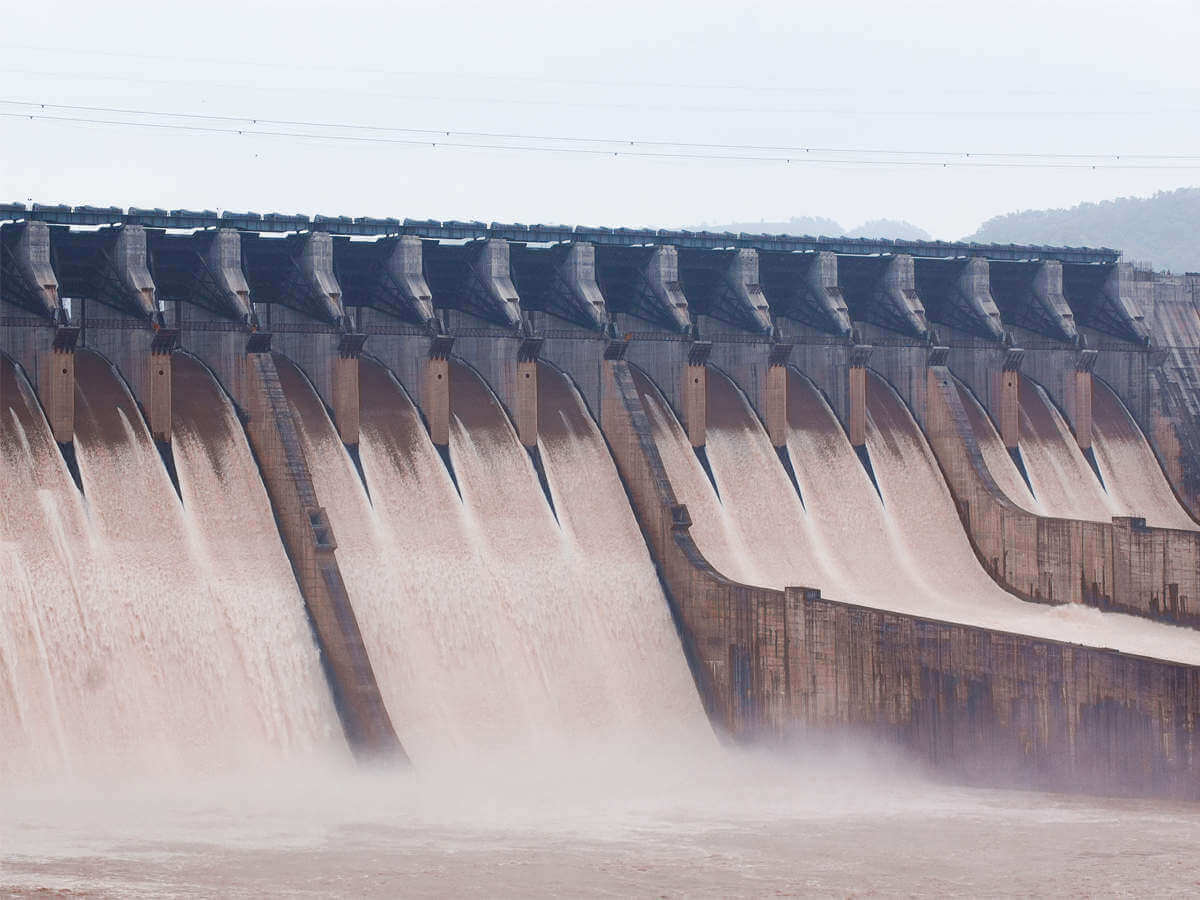In the closing session of the National People’s Congress on Thursday, China approved a hydropower plant and a dam project on the Yarlung Zangbo River in Tibet, which borders the northeastern Indian state of Arunachal Pradesh, as part of its 14th five-year-plan (FYP). The blueprint contains 60 proposals for speeding up China’s development. Additionally, objectives through the year 2035 were also passed by the National People’s Congress, as it closed its six-day annual session.
The hydropower plant will be based in Medog county, which lies on the lower reaches of the Yarlung Zangbo River at the border between Tibet and Arunachal Pradesh. The Yarlung Zangbo river flows through the Tibet Autonomous Region (TAR) and into the Indian state of Arunachal Pradesh as the Siang. It further reaches Assam as the Brahmaputra, before flowing into Bangladesh. The current plan intends on building the dam where the Yarlung Zangbo Grand Canyon is located. While four other dams have been approved on the upper and middle reaches, this will be the first project in the lower reaches of the river. The construction of the dam could prospectively directly affect the river’s flow into India.
While neighbouring countries like India and Bangladesh are yet to officially respond to the news, this may raise some concerns from the riparian states. Preempting this, China has already defended its plans of developing the hydropower plant and the dam. According to state-owned news outlet Global Times, building the dam is “China’s legitimate right” because Beijing “has always held a responsible attitude towards the development and utilization of cross-border rivers and adopted the policy of simultaneously developing and protecting cross-border rivers”.
The project has also received support from the autonomous region of Tibet and Che Dalha, the deputy Communist Party chief of the TAR, who expressed hope that the project will receive a final go-ahead soon. “Comprehensive planning and environmental impact assessments for the project should be approved as soon as possible,” said Dalha.
The plan was first revealed in October last year by Yan Zhiyong, the chairman of the Power Construction Corp of China (also known as POWERCHINA). “There is no parallel in history…it will be a historic opportunity for the Chinese hydropower industry,” Yan said during a media conference to celebrate the 40th anniversary of the founding of the China Society for Hydropower Engineering.
So far, the impact of the four dams on downstream flow is not clear, and Indian officials have been monitoring the flow of the river closely, both through independent assessments and by utilising the hydrological data that China provides under a bilateral arrangement. With an estimated 35% of its basin in India, the Brahmaputra is not entirely dependent on upstream flows that the dam might affect the flow of. Therefore it remains to be seen whether riparian states will lodge complaints against the construction.
China’s National People’s Congress Approves Plans To Build Dam Near Arunachal Pradesh
At its closing session on Thursday, China’s National People’s Congress approved plans for a water dam project on the Yarlung Zangbo River in Tibet, which borders Arunachal Pradesh.
March 12, 2021

SOURCE: THE EASTERN LINK
